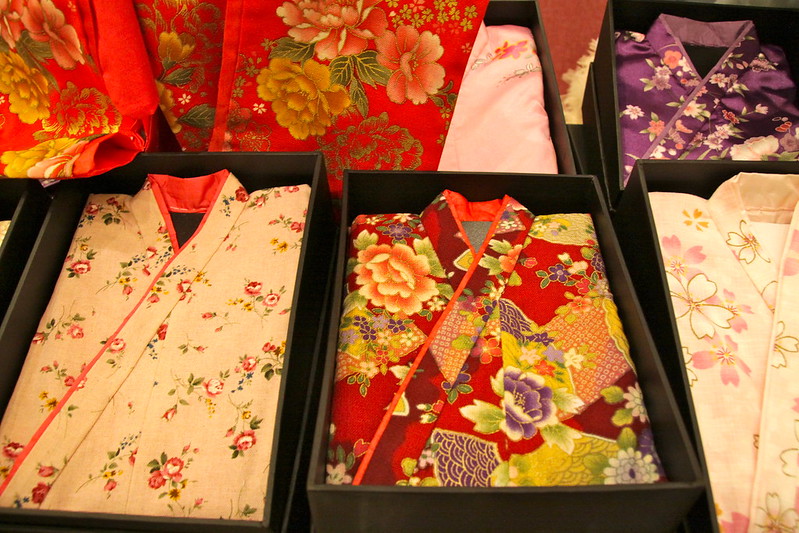For generations, Japanese style has been defined by a single garment: the kimono. Historically significant, aesthetically fascinating, and steeped in symbolism, the kimono captures the exquisite elegance of Japanese culture and design, proving that clothing can be much more than meets the eye.
Listen beautiful relax classics on our Youtube channel.
Here, we look at the fascinating evolution of the kimono, tracing its exceptional history from the 8th century through the present and exploring its role in contemporary Japanese culture.
What is a Kimono?
Derived from the words ki (“wear”) and mono (“thing”), the kimono is a traditional Japanese garment. Kimonos come in a range of styles and patterns. They are typically hand-sewn into a “T” shape from 4 single pieces of fabric called tans and tied with an obi, or belt.
Symbolism
In addition to their unique aesthetic, kimonos are valued for their symbolism; style, motif, color, and material work together to reveal the individual identity of the wearer.
Style
Traditional kimonos come in a variety of styles. The type of style worn is dictated by a range of specific criteria, including gender, marital status, and event. For example, an unmarried woman would wear a furisode (“swinging sleeves”) to a formal event, while a male a store owner would wear a happi (a type of jacket) to a festival.
Motif
Patterns, symbols, and other designs also help communicate the wearer’s status, personality traits, and virtues. Similar to woodblock prints, popular motifs include nature-inspired elements, like leaves, blossoms, and birds (namely, cranes).
Color
On top of their imagery, kimonos’ colors also hold symbolic significance. Additionally, the pigments used to achieve certain colors are also representative. “Dyes are seen to embody the spirit of the plants from which they are extracted,” the Victoria & Albert Museum explains, “Any medicinal property is also believed to be transferred to the coloured cloth. Blue, for example, derives from indigo (ai), which is used to treat bites and stings, so wearing blue fabric is thought to serve as a repellent to snakes and insects.”
Material
Kimonos are made from various handmade and hand-decorated fabrics. Traditionally, these include linen, silk, and hemp. Today, materials like rayon, cotton, and polyester are often used. Unsurprisingly, however, the traditional, non-synthetic fabrics are favored.
The post The Unique History and Fascinating Evolution of the Japanese Kimono appeared first on My Modern Met.
Source: mymodernmet.com


